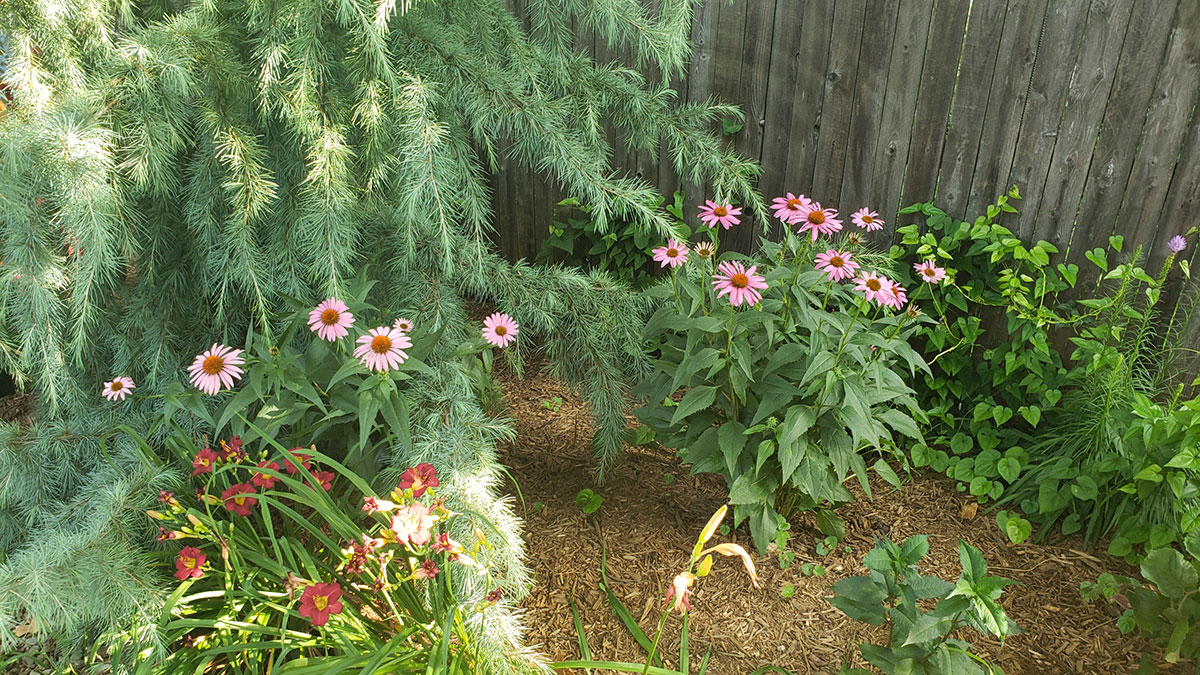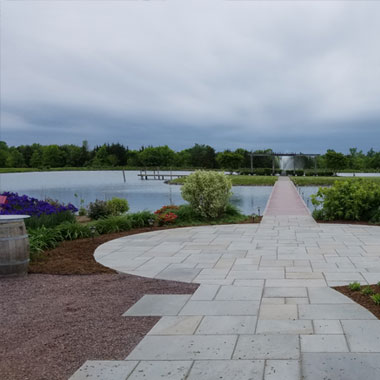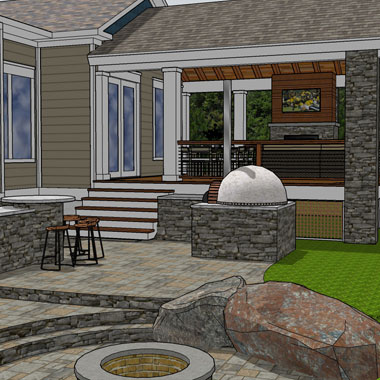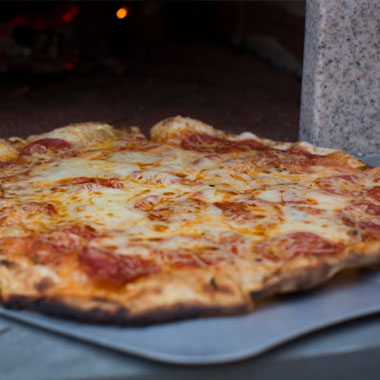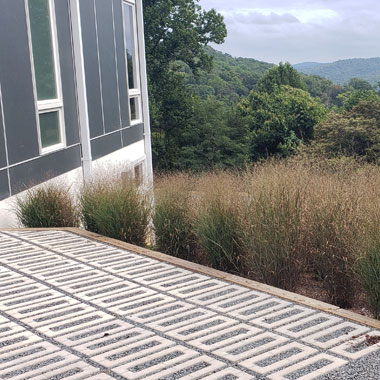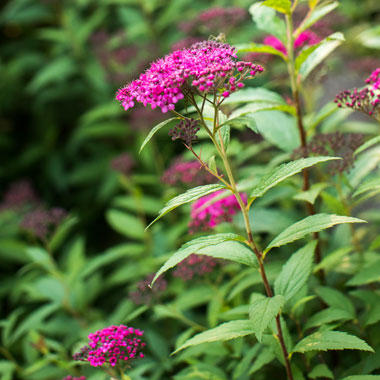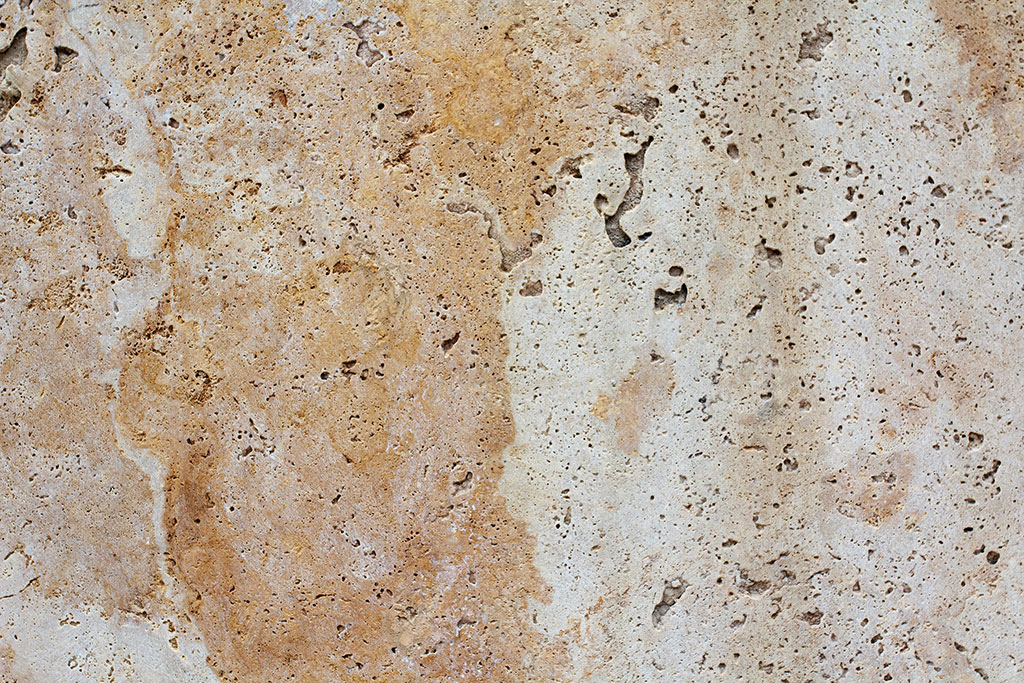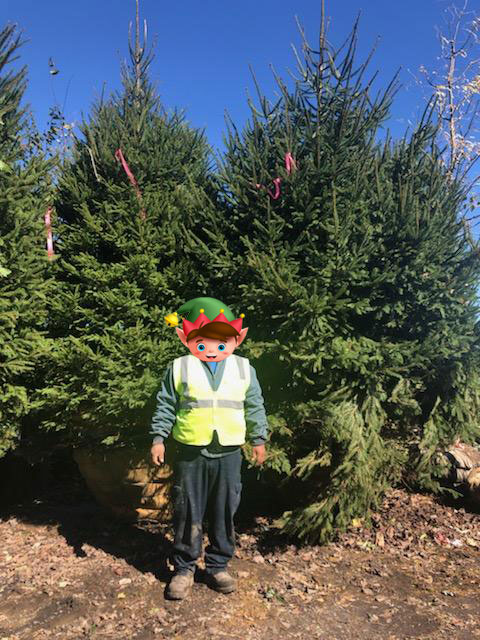It was time to reclaim what was mine. I swung my Hori knife like a machete, slicing through thick stalks of pokeweed and tangles of morning glory vines. Woody saplings fell before my
- *** now booking for spring 2024
- ***
- *** request a consultation today
- ***

